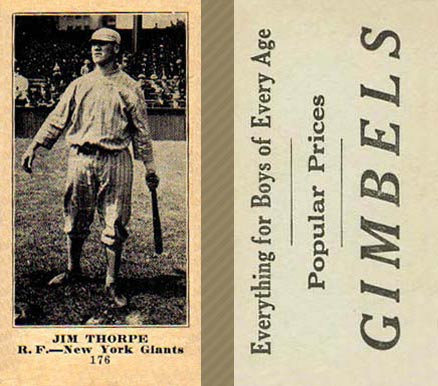
Editing. The art that separates the kids from the grownups. The skill a writer never feels she's mastered. The task that finds you in your pjs at 5 in the afternoon because you haven't left your desk since you got out of bed at 6 am.
My high school English teacher in California, a Berkeley grad, compared a piece of expository writing to a piece of string. She drew a vertical line on the blackboard and said, " You see: there is a beginning and an end. A finite line."
My editor at Knopf takes it one step further. If he drew that line, he would then add another one, curving around the first, that would end up looking like the rod of Asclepius. The second line, the snake, as it were, represents what he calls "controlled tangents." (I tried to explain this once to another writer and he mis-heard me and thought I said, "Controlled tantrums." We laughed 'til we cried.)
My editor is making a couple of important points. One: he does not want, as he put it, a narrative "clothesline" -- a string of facts hung along in a row to dry. That's boring for the reader. Two: especially in non-fiction, the writer has periodically to take little trips -- tangents -- off that narrative line to provide background and context.
But -- and this is the controlled part -- each tangent has also never to lose sight of the subject AND to return in due time to my high school teacher's finite line.
It's a tricky momentum, as hard to capture as a slithery snake. And you can bet that when the editor says cut, he means trim those tangents in tight and hard.




